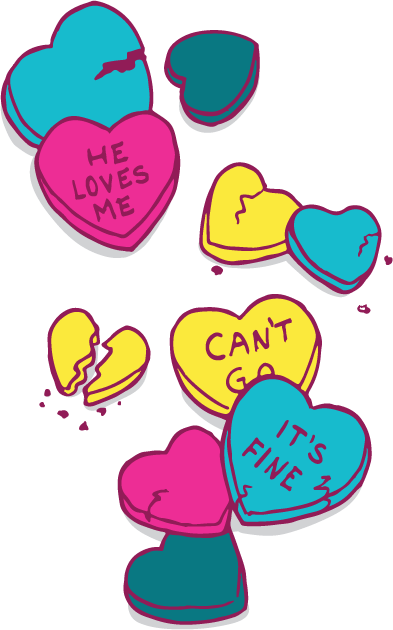Celebrity scapegoats
I’d like to think the United States has come a long way from the age of D.A.R.E. and “Just Say No” prevalent in the 1980s. Common sense tells us that treatment works better to help people with addiction than incarceration. In both the U.S. and Great Britain, such idealism is not the norm.
Society should treat drug addiction as a disease, not a social faux pas present only in hard-partying celebrities.
In early September, grainy photos of Kate Moss snorting cocaine were published in the Daily Mirror, a British tabloid. Within a week of publication, the supermodel was an unemployed pariah of the fashion industry.
The trouble doesn’t stop there. British officials are considering prosecuting the face of the 1990s heroin chic for drug possession.
The recent brouhaha shows us that we aren’t too far from the “War on Drugs” era. Kate Moss is still a celebrity publicly dating a self-professed heroin and cocaine user. She already went through rehab once this year for an addiction to cocaine.
It’s hard to contemplate, but celebrities are real people. We, the viewers, watch their creation, their rise, the climax of their stardom, and often times, we watch them fall. The downfall usually results from something that happens every day to “normal” people, but we act as if these renowned celebrities are less than human.
I remember “When Supermodels Ruled the World” as termed by VH1. I was in middle school. I would pour over my sister’s copies of Elle and Harper’s Bazaar, thinking it must be nice to date Johnny Depp, receive free designer clothes and be invited to Oscar parties, all for the low price of celebrity.
Flash forward 10 years. Most celebrated fashion models have been through several marriages and lost their job prospects after turning 30. The career span is almost as short as ice-skating or gymnastics.
Drug use is well publicized in the high fashion arena. In fact, the current image of the drug-addled celebrity is the supermodel, not the rock star. Many of the famous models of the 1990s have confessed to drug addiction. Sadly, the media makes them into villains when they try to seek treatment, especially if they have already been labeled as a drug user.
It’s not only just supermodels that face a barrage of criticism for drug addiction.
Courtney Love is more popular for court appearances than for her music or marriage to Kurt Cobain. Robert Downey, Jr., was once a respected and promising actor. Now he’s just a punch line who had to undergo years as an exile before being cast in any respectable role.
On the other hand, addiction to prescription medication is treated differently. Hip-hop star Eminem wasn’t criticized for his addiction to Vicodin, a sleep aid in the narcotic analgesic drug family. In layman’s terms, Vicodin is an opiate similar to morphine and stronger than codeine. It is considered a controlled substance and is punishable as a felony when the user doesn’t have a prescription.
In many ways, we criticize celebrity addicts when it’s too late. Treatment is a positive step and should be treated as such. We act as if celebrities are untouchable until they show any sign of humanity or vulnerability. Then we pound them into the ground, happy that we are better off than someone else.
The sad thing about celebrity drug addiction is that it mirrors the way we treat everyday American addicts. It is a disease that can result from biological and environmental factors. Binge drinking is considered a symptom of alcoholism, and the majority of college students are guilty of playing drinking games or drinking heavily on the weekends at one point in their career.
Hopefully, the Kate Moss fiasco will teach us how to treat addiction as a disease, not a reason to shun someone out of society. I imagine that now, rehabilitated, Danny Bonaduce would rather live a life of anonymity as opposed to “A Surreal Life.”



